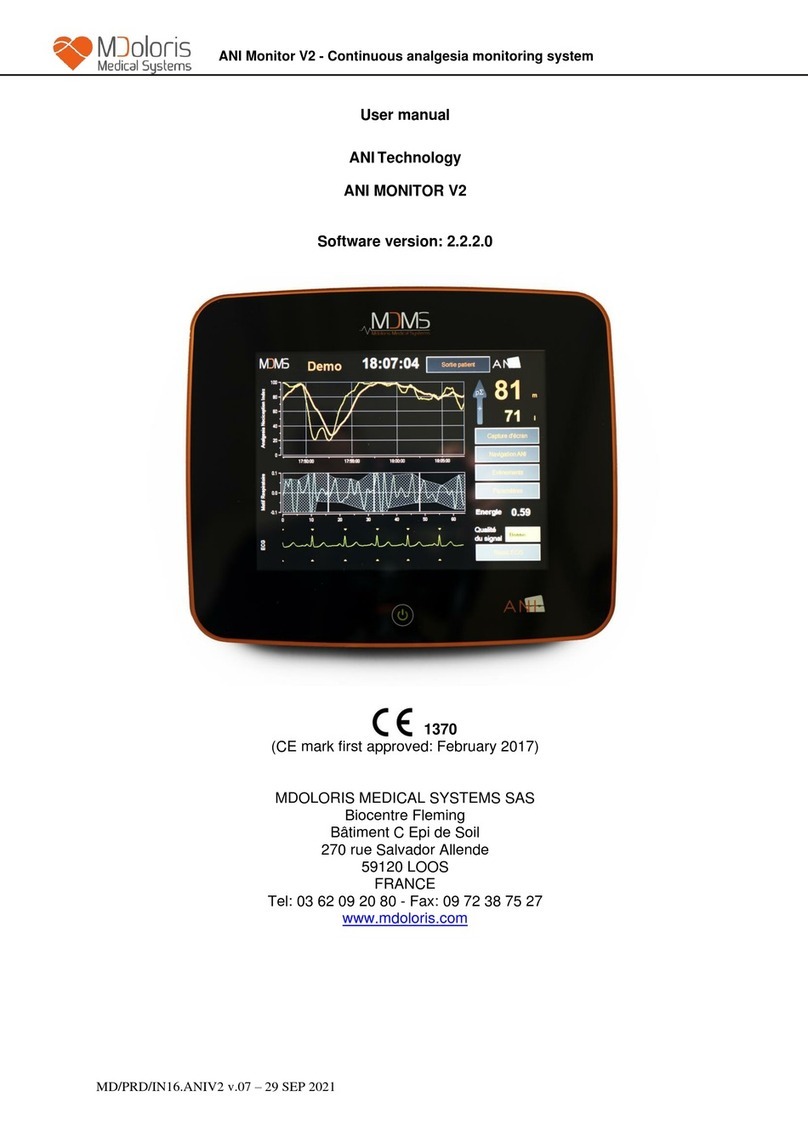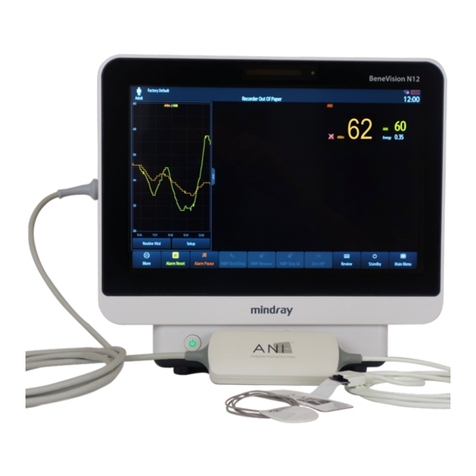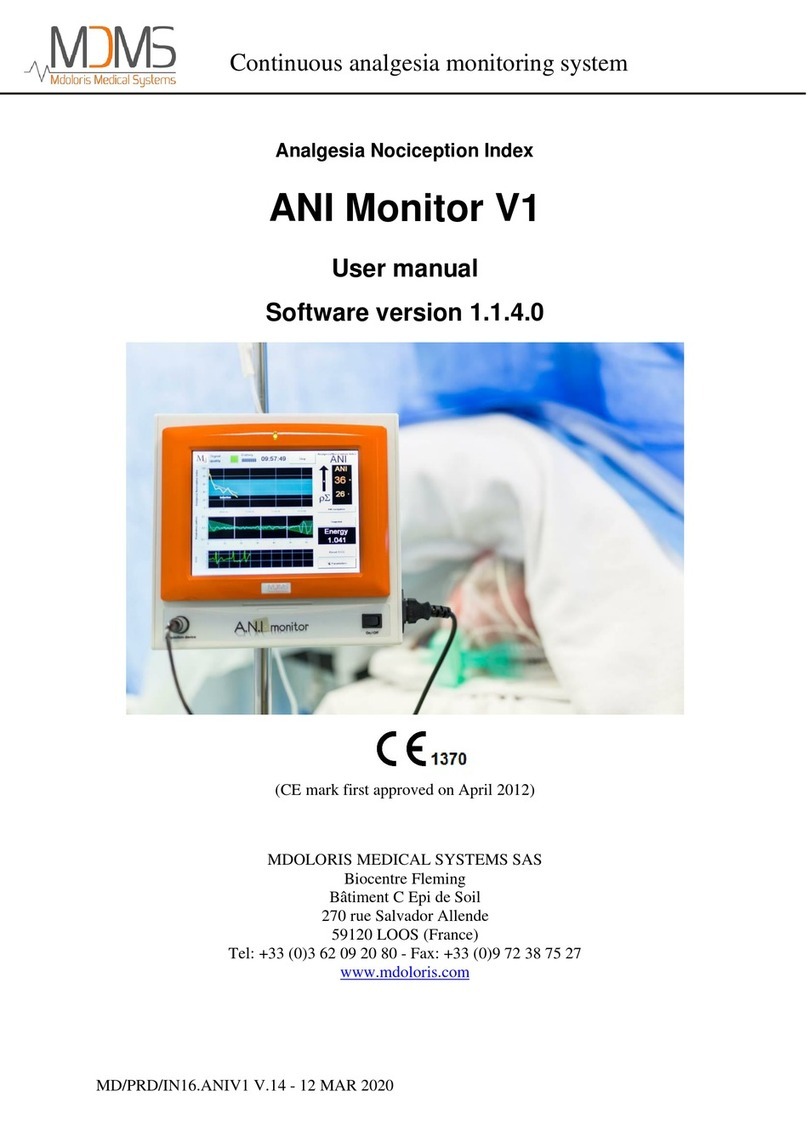Contents
Contents................................................................................................................................3
Product Description.............................................................................................................5
Intended Use......................................................................................................................5
Contraindications................................................................................................................5
Warning and caution instructions.......................................................................................6
Safety warnings and cautions.............................................................................................6
Performance warnings and cautions...................................................................................8
Cleaning and service warnings and cautions......................................................................9
Compliance warnings and cautions ....................................................................................9
Chapter 1: Technology overview.......................................................................................11
Chapter 2: System description..........................................................................................12
Root 12
ANI MOC-9.......................................................................................................................13
ANI Sensor V1 PLUS .......................................................................................................13
Chapter 3: Setting Up ANI MOC-9 with ANI Sensors .......................................................14
Unpacking and inspecting the system...............................................................................14
Preparation for use...........................................................................................................14
Connecting the ANI Sensor V1 PLUS to the ANI MOC-9 module.....................................14
Connecting the ANI MOC-9 module..................................................................................15
Chapter 4: Operation..........................................................................................................17
The ANI MOC-9 window...................................................................................................17
Mode of operation.............................................................................................................19
Chapter 5: Trouble shooting..............................................................................................21
Chapter 6: Specifications...................................................................................................22
Environment.....................................................................................................................22
Physical Characteristics of the module.............................................................................22
Regulatory Symbols .........................................................................................................23
Conformity........................................................................................................................24
Chapter 7: Service and Maintenance ................................................................................25
Cleaning and disinfection..................................................................................................25
General maintenance .......................................................................................................25
































